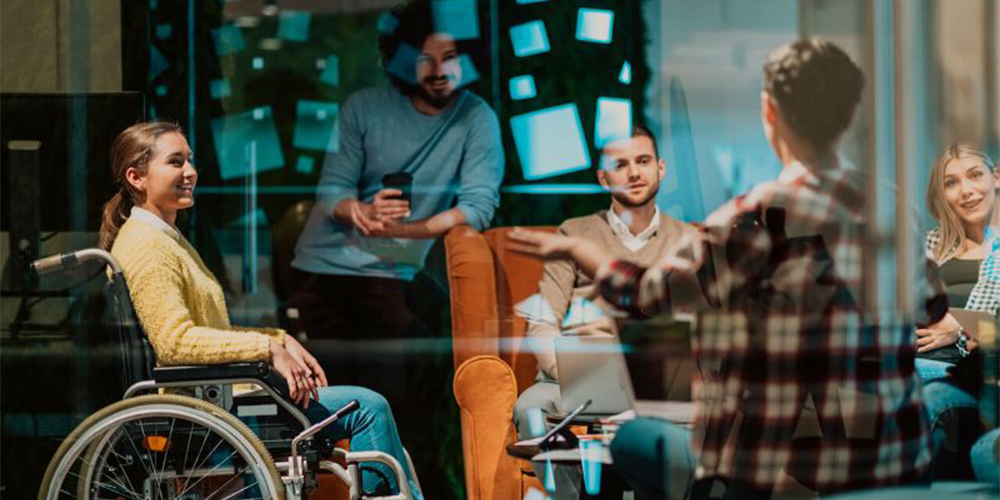
Moore, E. (2021) Self-Advocacy for postsecondary students who use mobility aids
Key Takeaway: Educators can enhance accessibility and inclusivity by conducting routine accessibility audits and maintaining funding for physical access features like ramps. Rethinking classroom design so that students who use mobility aids can access the entire space also significantly improves their learning experience. Implementing self-advocacy training for all students, not just those with accessibility needs, is a valuable investment for fostering students’ future success.
Criteria: Depth of Research study, contemporary work (2021), and positionality – the author self-identifies as having a disability, and brings this valuable component to her research.
Title: “Self-Advocacy for postsecondary students who use mobility aids” (Dissertation)
Author(s): Erin Moore, University of the Pacific
Year: 2021
Summation and Insights:
This research study examines the need for self-advocacy and access amongst students with physical disabilities, or students who require mobility aids to move around campus. Five students who use wheelchairs were participants in a thorough qualitative research project, including a semi-structured interview process. Though the study was conducted in post-secondary institutions, it provides several key insights and recommendations pertinent to educators at institutions at all levels. Recommendations involving physical space included building a team (with team members that included students and persons who use mobility aids) to conduct regular accessibility audits to examine physical barriers to classrooms and buildings. Educators may also want to think about designing classrooms where students who use mobility aids have access to the entire classroom, not merely the front or back. General funding should be maintained for regular repair of features which enable physical access, such as ramps. Finally, on a broader self-advocacy note, the researcher recommends training programs and workshops in self-advocacy for all students (regardless of accessibility status), as self-advocacy is a vital skill for identifying one’s needs on the path to future success.
Curator note: [Much of this is taken from page 169: Recommendations for Institutions]
